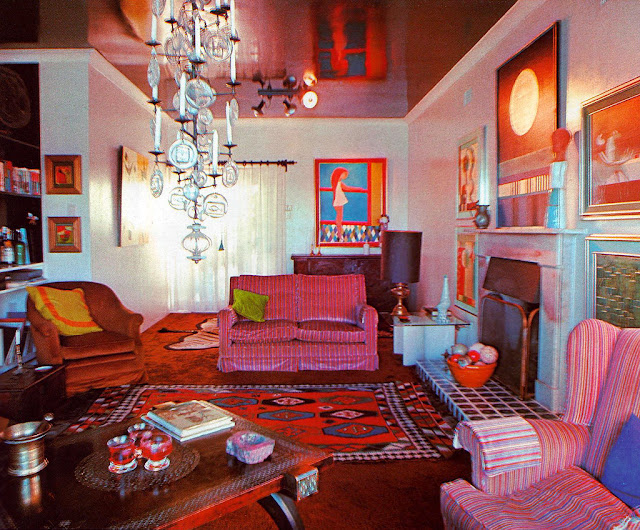Understanding how color affects human beings can help you build a peaceful, cheerful environment because colors have such a strong emotional impact. Color, however, has been found to stimulate physiological reactions in tests. Red, for example, stimulates the body by increasing respiration, blood pressure, and heart rate, whereas light blue and dark green do the reverse.
Other Color Reactions in the Human Body
Assume you're traveling across a lush green meadow highlighted by yellow wildflowers. Because yellow is the first hue our eyes perceive, you'll notice the yellow flowers more than the green grass. A soft yellow wall simulates a sun-filled atmosphere and gives the room's inhabitants a relaxing impression. A home with white lace or sheer curtains dyed with a small quantity of pale yellow dye will feel bright and joyful.
Bright yellows, on the other hand, can elicit sentiments of unease and animosity. Bright yellows should therefore be used sparingly, especially in high-anxiety areas like kitchens. Furthermore, naturally bright rooms that have been painted bright yellow may overstimulate some people, causing them to get irritated. On a cloudy day in a cold region, though, the same vivid yellow room can be exactly the thing.
Our eyes process red the most intensely and for the longest time. Red is similar to a cup of tea or coffee in that it arouses the senses. Dark ruby red dining room walls are not only beautiful and festive, but they also help food taste fantastic. Dark crimson is luxurious and sensual at night, in dim light. The same red enlivens and pushes you to live life to the fullest in the morning.
Many people are terrified of using red on their walls because they incorrectly assume it is a caustic or angry color. However, red is auspicious, not caustic. With a red background, artwork appears more important than with a white background, and practically everyone looks amazing with a rich red background color.
The color light sky blue has a calming impact on people. This is because when we look at sky blue, the pituitary gland releases calming hormones. Add a little black and use a complicated grayed-blue if you want the sentiments evoked by baby blue but don't want it to look "babyish."
White symbolizes purity and reflects the most light. It's the most pure of all the colors, and it's associated with dignity and cleanliness. In hot color schemes, brilliant white adds a touch of chill. However, too much white can create squinting and eyestrain, which is unflattering to pale-skinned persons.
Gray conveys refinement and exclusivity, as well as prudence and humility, while also evoking an air of elegance. Gray is the only color that has no afterimage, and it inspires creativity, imagination, and meditation. However, it should be avoided in locations where natural light is frequently filtered by gloomy sky.
Humans are affected by color on many levels, including changes in our body chemistry. As a result, depending on the room's function and the effect you're attempting to generate, a lot of thinking should go into the color scheme.



0 Comments